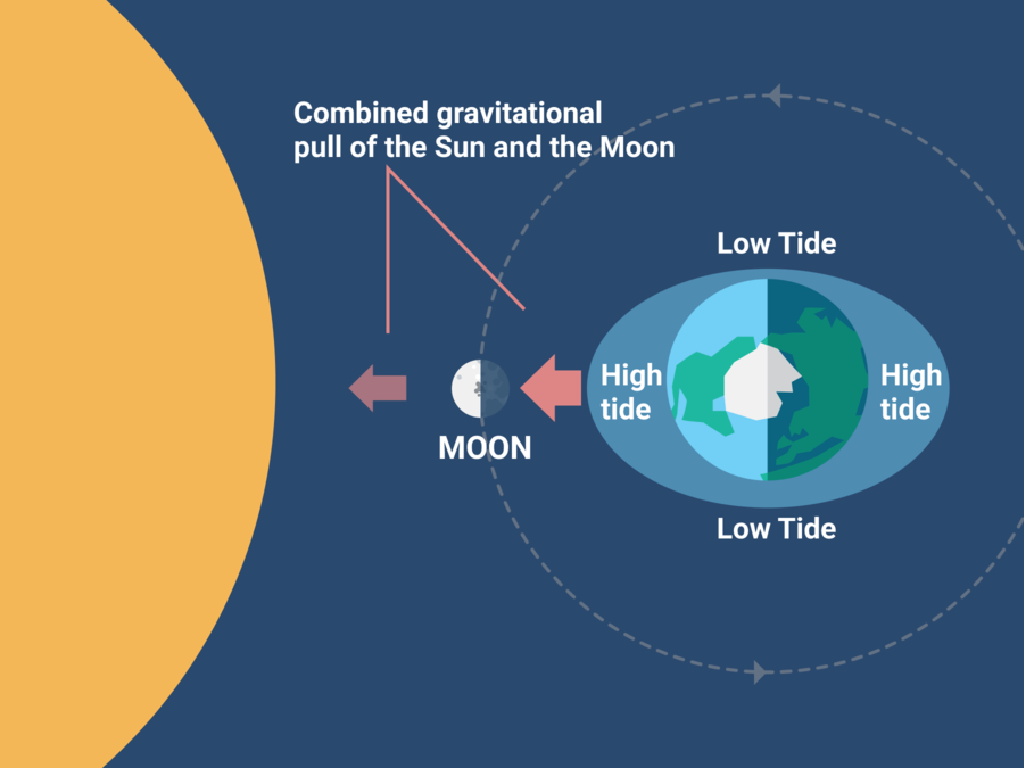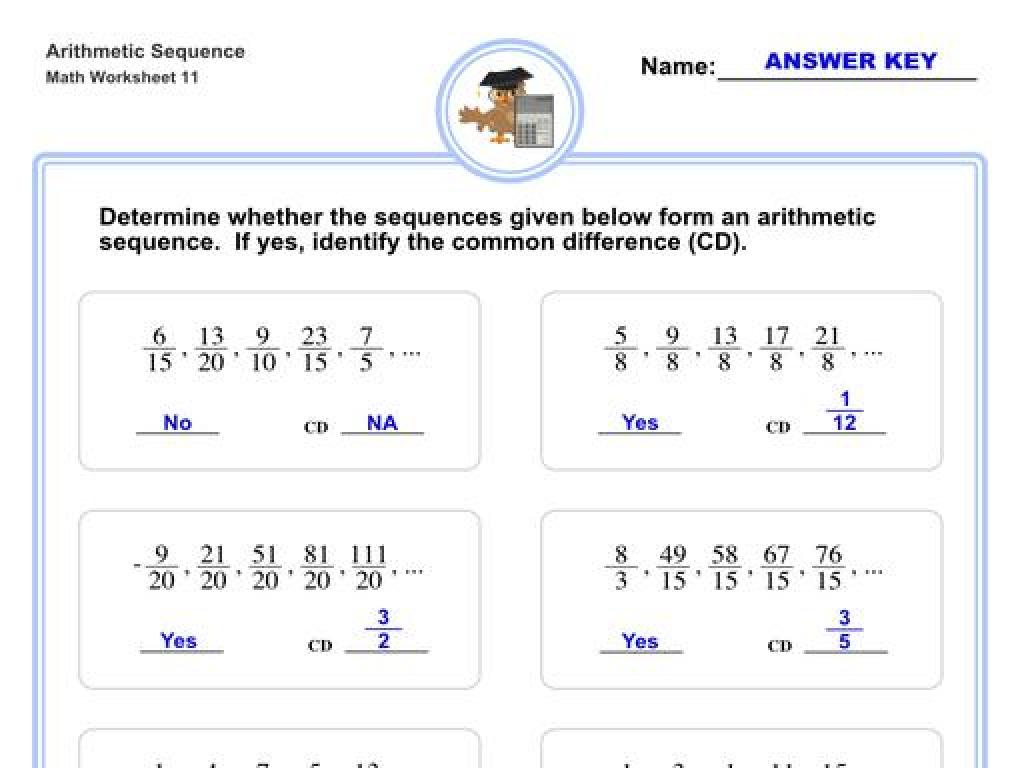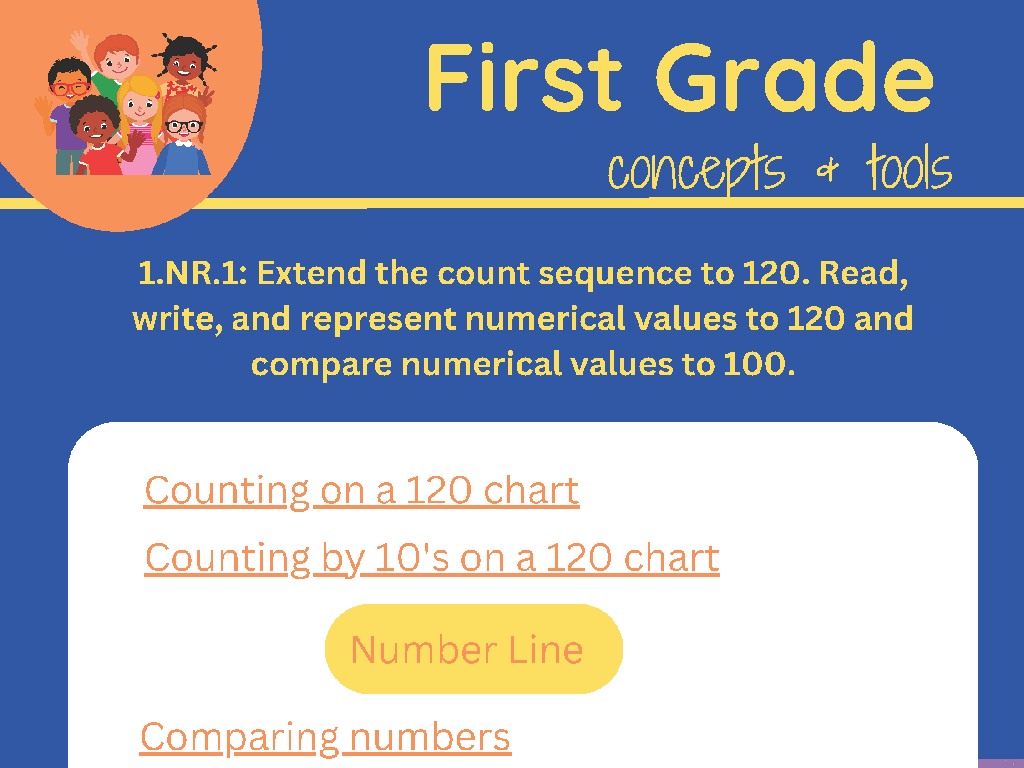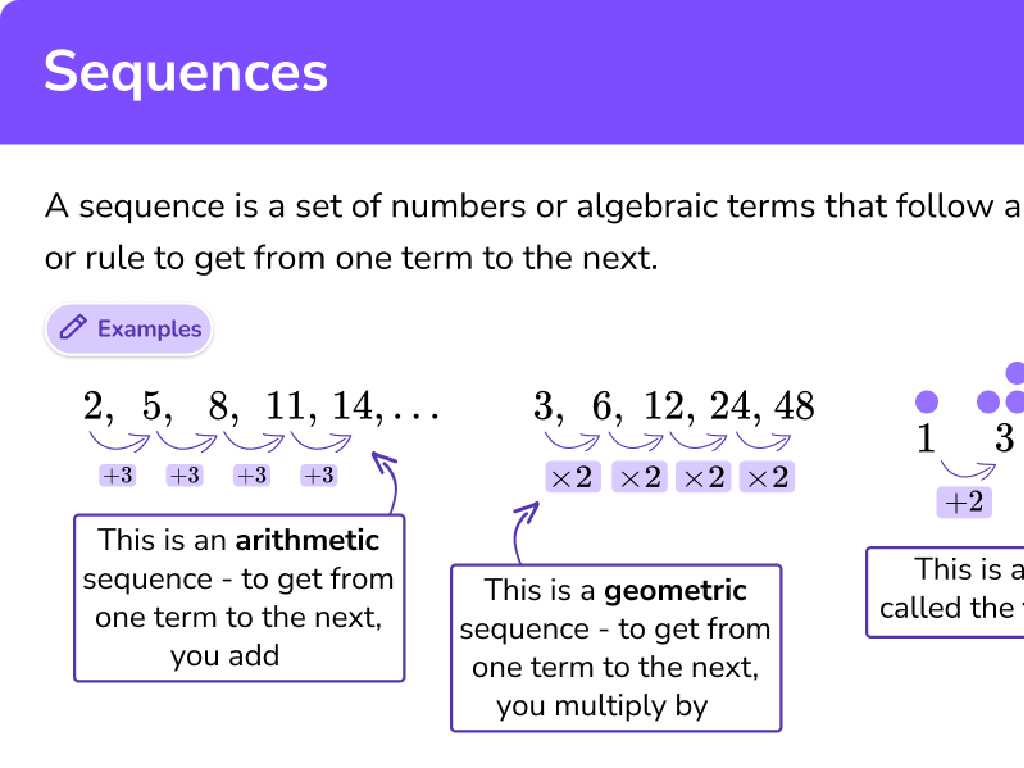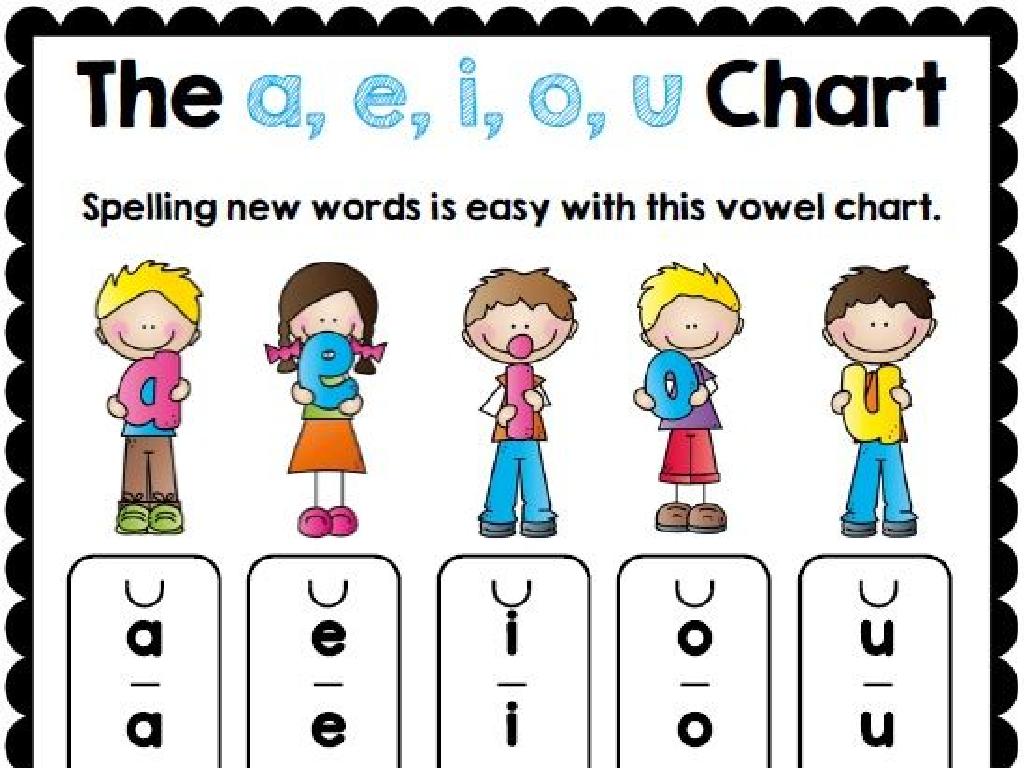Compound Subjects And Objects With Pronouns
Subject: Language arts
Grade: Sixth grade
Topic: Pronoun Types
Please LOG IN to download the presentation. Access is available to registered users only.
View More Content
Compound Subjects and Objects with Pronouns
– Pronouns replace nouns
– Compound subjects with pronouns
– ‘She and I went to the store’ instead of ‘Maria and I went to the store’
– Compound objects with pronouns
– ‘The teacher spoke to him and me’ instead of ‘The teacher spoke to Jake and me’
– Why pronouns matter
|
This slide introduces the concept of pronouns and their use as compound subjects and objects in sentences. Pronouns are words that take the place of nouns to avoid repetition and simplify sentences. When used as compound subjects, pronouns like ‘she and I’ or ‘he and they’ can perform the action in a sentence together. As compound objects, pronouns such as ‘him and me’ or ‘us and them’ receive the action of the verb. Understanding how to correctly use compound subjects and objects with pronouns is crucial for students to create clear and concise sentences. Encourage students to practice by combining pronouns with friends’ names to make compound subjects and objects, and to identify them in reading assignments.
Compound Subjects with Pronouns
– Define a compound subject
– Two or more subjects joined by a conjunction, e.g., ‘She and her friends’.
– Examples of compound subjects
– ‘My dog and cat’, ‘You and I’, ‘He and his brother’ are all compound subjects.
– Pronouns in compound subjects
– ‘He and I’, ‘You and they’, ‘She and we’ show pronouns in compound subjects.
– Practice identifying them
|
This slide introduces the concept of compound subjects, which are two or more subjects connected by a conjunction like ‘and’ or ‘or’. It’s important for students to recognize that a compound subject shares the same verb in a sentence. Provide examples that include both nouns and pronouns to illustrate the concept. Emphasize the use of correct pronoun cases when they are part of a compound subject. For practice, students can work on identifying compound subjects in sentences and creating their own examples, ensuring they match the verb correctly with the compound subject.
Compound Subjects with Pronouns
– Combining pronouns for subjects
– Use ‘I’, ‘we’, ‘they’ to talk about more than one person including yourself.
– Verb agreement with compound subjects
– The verb must agree in number with a compound subject. ‘You and I are’ not ‘is’.
– Practice identifying compound subjects
– Find subjects in sentences that refer to more than one person or thing.
|
This slide introduces the concept of compound subjects with pronouns, which is when two or more pronouns are used together to act as the subject of a sentence. Students will learn how to correctly combine pronouns to form a compound subject and the importance of ensuring that the verb agrees with the compound subject in number. For example, ‘She and I run every morning,’ not ‘She and I runs every morning.’ The practice activity will help students apply what they’ve learned by identifying compound subjects within given sentences. Encourage students to explain why they think a subject is compound and to discuss the number agreement between the subject and verb.
Understanding Compound Objects
– Define a compound object
– A compound object has two or more objects joined by a conjunction like ‘and’ or ‘or’.
– Examples of compound objects
– ‘Mom baked cookies and brownies.’ Cookies and brownies are compound objects.
– Pronouns in compound objects
– ‘She gave them to her brother and me.’ ‘Brother’ and ‘me’ are pronouns in a compound object.
– Practice with sentences
|
This slide introduces the concept of compound objects in sentences, which are two or more objects linked together, usually by conjunctions such as ‘and’ or ‘or’. Provide clear examples to illustrate how compound objects function within a sentence. Emphasize the use of pronouns as part of compound objects, ensuring students understand how to correctly include them. For practice, create sentences where students can identify the compound objects and replace nouns with appropriate pronouns. Encourage students to create their own examples of sentences with compound objects, both with nouns and pronouns, to reinforce their understanding.
Compound Objects with Pronouns
– Forming compound objects
– Combine pronouns like ‘him’ and ‘her’ to make ‘him and her’.
– Practice sentence creation
– Create sentences using ‘us’ or ‘them’ as objects.
– Pronoun agreement importance
– Ensure pronouns match the subject in number and gender.
– Activity: Match pronouns
– Match subjects like ‘boys’ to ‘them’ or ‘I’ to ‘me’.
|
This slide introduces the concept of compound objects using pronouns, which is when two or more pronouns are used together as the object of a sentence. Students will practice creating sentences that include compound objects, such as ‘The teacher spoke to him and her.’ It’s crucial for students to understand that pronouns must agree with their antecedents in both number and gender. For example, ‘The boys brought their lunches’ is correct, while ‘The boy brought their lunch’ is not. The class activity will involve matching subjects to the correct pronouns to reinforce the concept of agreement. Provide examples and encourage students to come up with their own sentences. This will help solidify their understanding of how pronouns function within the structure of a sentence.
Mix and Match Activity: Compound Subjects and Objects
– Create sentences with compound subjects and objects
– Pair up for pronoun and noun matching
– Share your creative sentences
– Use ‘I’ or ‘we’ with a friend’s name as the subject, or ‘us’ and ‘them’ as objects.
– Learn from classmates’ examples
– Listen to how others use compound subjects and objects.
|
This activity is designed to help students practice using compound subjects and objects with pronouns in a fun and interactive way. By working in pairs, students can collaborate to create sentences that combine pronouns with nouns, reinforcing their understanding of how pronouns can be used in place of nouns. Encourage creativity and ensure that each pair has a chance to share their sentences with the class. As students listen to each other, they’ll gain a broader understanding of how compound subjects and objects function in different contexts. Possible activities include creating sentences based on pictures, using sentence prompts to add compound elements, or a friendly competition to come up with the most unique sentence.
Class Activity: Pronoun Challenge!
– Identify compound subjects/objects
– Find subjects/objects made of two or more nouns/pronouns
– Rewrite sentences with new pronouns
– Use ‘he’, ‘she’, ‘they’, etc., to replace nouns
– Present findings to the class
– Share your sentences and explain your choices
– Collaborate and learn
|
This interactive group activity is designed to help students understand compound subjects and objects and how to use pronouns to replace them. Divide the class into small groups and provide paragraphs with compound subjects and objects. Each group will identify these elements and then rewrite the sentences using appropriate pronouns. Afterward, they will present their rewritten sentences to the class, explaining the rationale behind their pronoun choices. This exercise will enhance their understanding of pronoun usage in complex sentences and improve their collaborative skills. Possible activities include identifying pronouns in a favorite book, creating a story with compound subjects and objects, or peer-reviewing each other’s work for pronoun consistency.
Wrapping Up: Compound Subjects & Objects
– Recap: Compound subjects & objects
– We learned how to combine pronouns to describe actions or experiences.
– Homework: Write a short story
– Your story should have characters or items that join with ‘and’, ‘or’, or ‘nor’.
– Include 5 compound elements
– Use at least five examples like ‘she and her dog’ or ‘it and the book’.
– Next Class: Pronoun-Antecedent
|
As we conclude today’s lesson, remind students of the key points about using compound subjects and objects with pronouns. For homework, they should craft a creative story that incorporates at least five instances of compound subjects or objects, which will help reinforce their understanding. Encourage creativity and proper use of pronouns in their stories. In the next class, we will begin discussing pronoun-antecedent agreement, which is crucial for ensuring clarity in writing. Make sure to provide examples of compound subjects and objects, and offer guidance on how they can be used effectively in storytelling.

